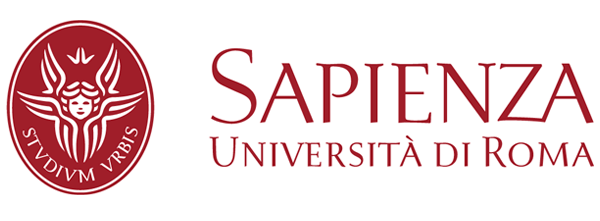"Sapienza" University of Rome
Sapienza University of Rome, founded in 1303, is the first University in Rome and the largest University in Europe with 145,000 students, over 4,500 professors and almost 5,000 people working in administrative and technical fields.
The contributor to this project from Sapienza University comes from the BioElectroMagnetic group of the Department of Information Engineering, Electronics and Telecommunications (DIET). The main goal of the BioEM group is to investigate the interaction between electromagnetic (EM) fields and biological systems, by studying the effects from a modelling point of view to be validated experimentally. The aim is to determine doses of the induced EM quantities in biomedical applications and for safety purposes. Numerical investigations are performed in a multiscale approach that goes from the atomistic level of molecular dynamics simulations, passing through the microscopic level of cells, and up to the macroscopic level of the human body with microdosimetric and dosimetric studies. Main activities of the group are performed in the related laboratory (BioEMLab). Many of the groups work and collaborate at the DIET department to perform basic and applied multidisciplinary research of excellence in the ICT (Information and Communication Technology) and micro/nanotechnology areas for advanced electronic and optoelectronic systems. The DIET is located in the ancient building of the Faculty of Engineering of University Sapienza of Rome, in the former convent of San Lorenzo in Panisperna, situated on the Esquiline Hill. The Faculty offers a very innovative syllabus today that aims particularly at satisfying local engineering needs, yet also to prepare graduates for employment in an increasingly globalized and international job market. Recently, a more general internal reorganization of the University required a thematic splitting of the research and teaching activity, with the consequent born of the new Faculty of Civil and Industrial Engineering, the headquarter of which remained in the pristine site, and of the new Faculty of Information Engineering, Informatics and Statistics.
With over 150 years of history, these Faculties together currently offer over 30 programs and over 20 master courses.
The DIET is one of the 68 departments of Sapienza University. Sapienza carries out important scientific investigations in almost all disciplines achieving high-standard results both on a national and international level, thanks to the work of its 12 faculties and 30 centers devoted to scientific research.









